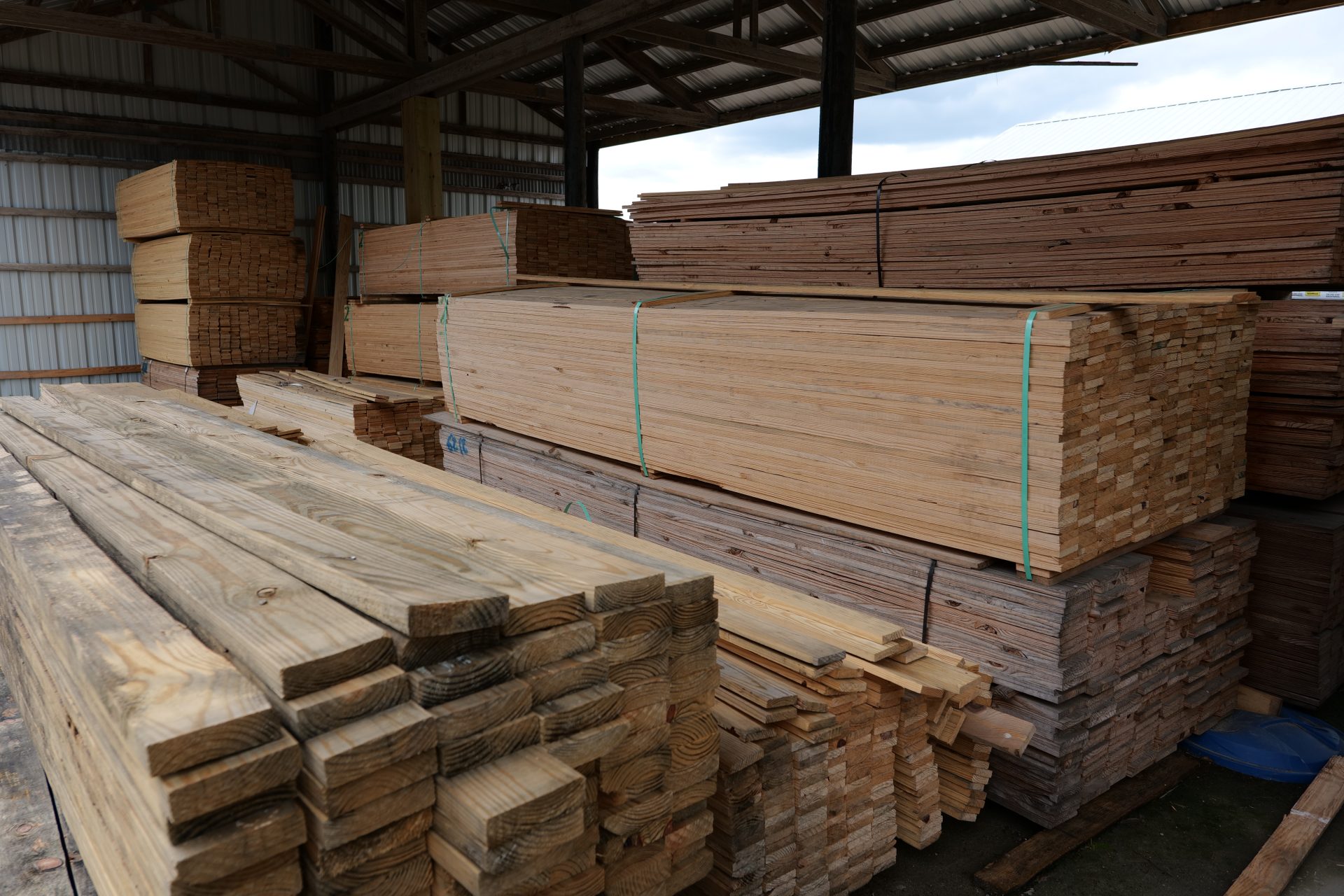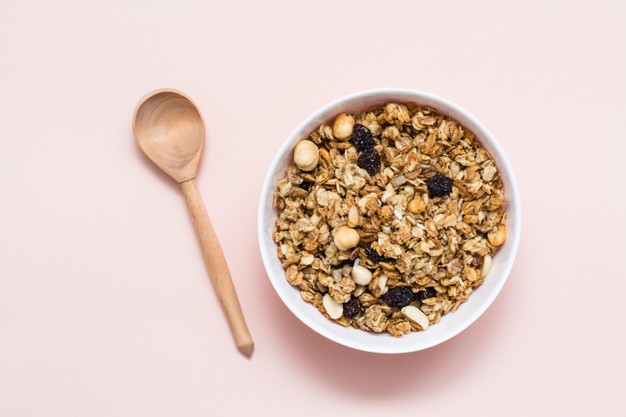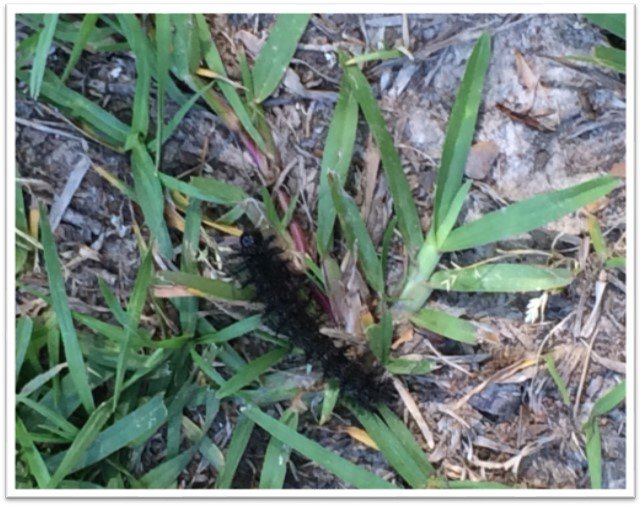
Lumber prices continue to soar
June 1, 2021
The Great American Grape-Nuts Shortage
June 2, 2021By Heather Kirk-Ballard, LSU AgCenter Horticulturist
Nothing brightens a room like a beautiful bouquet of flowers. Many gardeners incorporate flowers into their landscapes to bring color to their outdoor areas, but have you ever considered dedicating a spot in your garden just for cut flowers?
In Louisiana, there are many types of plants that can be planted in any season that make great cut flower selections. Of course, spring and summer will offer an extended period of growth for your flowers.
Locate your garden in a place that gets full sun and has good soil. Make sure the area is free of weeds and that the soil is rich in organic matter. Organic matter helps improve the soil’s nutrient levels in addition to helping provide adequate moisture for plant roots and improving drainage. Compost and leaf litter are two great options for adding organic matter to your soil.
Plan the layout of your cutting garden to make access to your flowers easy. You can create raised beds or use wide rows that have paths in between so that you can easily access flowers from both sides. Consider the height of the plants, placing shorter plants to the front and taller ones to the back.
Also consider the timing of the blooms. Not all plants will bloom at the same time — some are early-season bloomers, some are mid-season bloomers and others are late-season bloomers. Plant a mixture if you can, and do not forget seasonal annuals. Some plants will bloom in the fall and winter while others start in spring and bloom through the fall.
The most common cut flower selections are annuals, but perennial flowers and shrubs can be used for cut flowers, too. Long-stemmed, single-flower plants make excellent cut flower selections. If you can also incorporate some fragrant flowers, you will have wonderful scents for your home.
Make sure you include filler plants that have nice foliage to incorporate into your cut flower bouquets. They will add texture and greenery to your arrangements. Try growing herbs as fillers that also bring great scent into your home and can be used to cook. Some examples are mint (keep in mind that this can be aggressive), rosemary, lavender and dill. When they flower, they are also pretty.
Here is a list of annuals commonly grown as cut flower selections: ageratum, bachelor’s button, blue lace flower, calendula, campanula, celosia, cleome, cosmos, dianthus, dill, forget-me-nots, geraniums, gomphrena, larkspur, lisianthus, marigolds, nicotiana, phlox, salvia, scabiosa, snapdragons, statice, stock, strawflower, sunflower, sweet Annie, sweet pea, verbena and zinnias. Plant when seasonally appropriate.
Here is a list of perennial options: aster, baby’s breath, bee balm, black-eyed Susan, buttercup, calla lily, campanula, carnation, chrysanthemum, columbine, coreopsis, crocus, daffodils, daisies, delphinium, Echinacea, eucalyptus, foxglove, gaillardia, globe thistle, iris, lavender, lilies, lobelia, lupine, orchids, peonies, periwinkle, poppy, sage, Shasta daisy and tulips.
Filler greenery selections such as asparagus fern, baby’s breath, bells of Ireland, coleus, dusty miller, eucalyptus, euphorbia, foxtail ferns, other ferns, Florida leucothoe, hosta, Italian ruscus, ivy, hostas, mint, ornamental grasses, rosemary and sage add texture to the arrangement and fill in bare spots.
Other great cut flowers grow on woody ornamental trees and shrubs such as butterfly bush, deutzia, camellias, forsythia, gardenias, hydrangeas, magnolias, pieris, quince, roses, spirea, viburnum, Virginia sweetspire and vitex. These are more permanent plant selections, but they also provide great cut flower selections.
Also consider plants that produce berries to add to bouquets and holiday greenery such as American beautyberry, boxwood and hollies.
Large tropical foliage plants such as false bird of paradise, caladiums, colocasia, cordyline, gingers and philodendrons can also be used in arrangements for the home.
Rotate annuals each year in their appropriate season. Established perennials, shrubs and trees will provide year after year. Fertilize and prune annually when needed. Remember, flowering plants typically need a good six to eight hours of sunlight for the best flower production. Tropical foliage will need to be shaded.
When harvesting cut flowers, be sure to harvest in a bucket of water. Keep flowers fresher longer by adding a few drops of bleach to kill off any bacteria.








